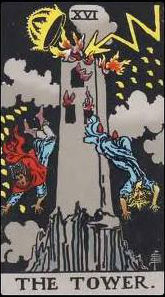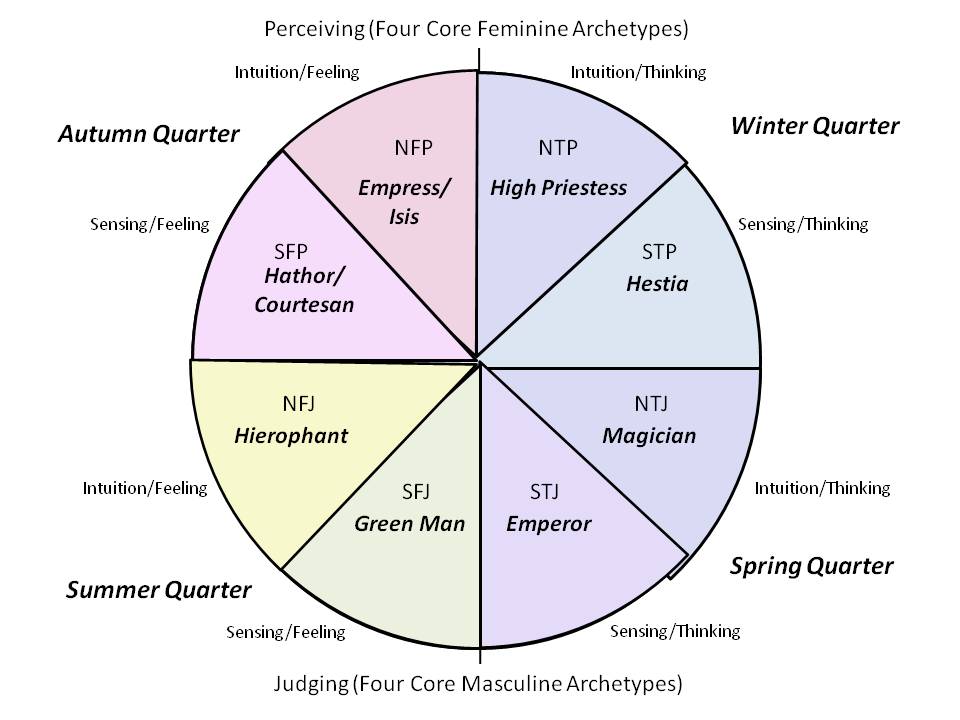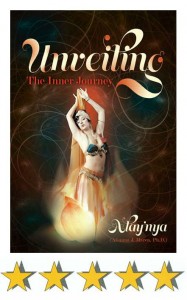Those Tower Moments: When Life Comes Apart (Again and Again)
Well, darling.
If you were with me over two years ago (September 16, 2014 – so make that two years and three months ago, see When Life Comes Apart), I was writing about a Tower time. My life had certainly come apart.
And I thought that the shake-up was done.
How wrong I was!
When we have a Tower moment in our lives – when everything comes apart – it’s like having an earthquake. And as with any good earthquake, there are aftershocks.
My “aftershocks” continued for another two years.
A total (over three years) of five different jobs, in four locations. Three moves, and two different states. And somewhere in there, I’m sure, there was a partridge in a pear-tree.
All of this makes me an expert (at least in my own mind) on Tower moments in our lives. And also, by no means, unique. Many, MANY of us are having Tower-moments. For some, it may seem like an unending series of Tower-times, like living on an earthquake fault.
So how to deal?
Recap: Getting the Big Picture
Let’s pull back just a bit.
If you’ll recall, I’ve been writing – for several years now – about how the Major Arcana from the Tarot show up in our lives. The underlying theme here is that we can use these Major Arcana, not so much for divination (fortune-telling), but in terms of high-level life-guidance.
In fact, I’ve got a very strong sense that these Major Arcana were put down in pictorial form so that master teachers had something like a MS Powerpoint (TM) slidedeck; something that they could take with them on journeys, and that they could use as reference points in talking with each other and with their students. Let’s keep in mind also that the first appearances of the Major Arcana (as part of the overall Tarot cards) was in the late 1400’s, and was more-or-less coincident with various Inquisitions. Let’s keep in mind also that there is a strong connection between the organization of the Major Arcana and various aspects of the Jewish Kaballah, and that the Inquisition particularly targeted the Jewish people. Major Jewish centers of learning were hugely disrupted during the resulting combination of expulsion (of those who were still openly Jewish) and imprisonment, torture, and death (to those who had converted, but were then subject to a later round of persecution). (See The Inquisition (from a Jewish historical perspective for a brush-up on the history.)
Without trying to push things too far (as I’m not a historian, nor a scholar of the Kabbalah), it is real interesting that around this timeframe, many Jewish mystical scholars were writing down materials that had hitherto been transmitted only in oral form, across many centuries. (See Index of Sages for a sense of who did what, when.)
Where the Tower Fits into the Big Picture
Thus, back to the main point.
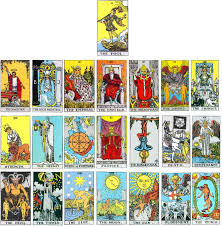
The Major Arcana, organized into three sets of seven each. The “Fool,” or the zeroth Arcana, precedes this set.
The Tower is an archetype in the Major Arcana. There are many teachers who suggest that the Major Arcana can be viewed as a set of three sets of seven Arcana each, with the “Zeroth” Arcana (The Fool) preceding all of them.
If we look at the Major Arcana this way, we see that the Tower (Major Arcana XVI) is second from the beginning of the last set of seven. The Major Arcana immediately preceding it is the Devil (XV) and the one immediately after is the Star (XVII).
Of the two cards that people hate to see show up in readings, probably the Tower and the Devil are at the top of the list – even more than Death (XIII). However, we often feel a sense of peace when we see the Star show up.
The challenge for us is that these are all related.
Things Come in Threes
We can make sense of these Major Arcana the most when we view them in the context of our overall life-journey, and not just in isolation. Thus, if we’re having a Tower time, what immediately preceded it – and often, that which was a set-up for the Tower – was a time dominated by the Devil Major Arcana. And what comes after it is that peaceful sense that we get with the Star.
This blog has been long enough already, so I’m going to defer a detailed discussion (or many detailed discussions) for further blog posts. The important point, for now, is that when we see the Devil Major Arcana show up, whether in a reading or in our lives, it doesn’t necessarily mean a for-real devil, as in a satanic personage. Notice, in that card, that the Devil figure is much larger than the persons bound at its feet.
The Devil is, most often, a blown-up, larger-than-life, distorted fun-house projection of our own inner beliefs and mental constructs.
When a Tower moment happens, or even a series of Tower moments, we often start getting clarity on what was going on that the Tower is now shaking apart. Usually, there was something that was just not-quite-right. It could have been a corporation built upon a flawed business plan, or with leadership that was making poor decisions. It could be a marriage that had seriously bad dynamics. It could be a belief that life would continue as it has been, in the face of mounting evidence that things are adapting and that we all need to change – to learn new skills, or take some other action to keep pace with unfolding events.
Because we all like to keep our status quo going as long as we can, it takes a Tower to shake us up. Sometimes, a succession of Tower moments. That’s absolutely what happened to me.
The thing is – once we’ve had our Tower time, we begin to see much more clearly.
The ground under us settles; the dust clears. We might be completely naked (as is the woman in the Star Major Arcana).
We might be in a situation where we have not only lost the (admittedly illusory) protection of the Tower walls, but have even lost the shirt off our backs. Totally exposed and vulnerable.
However, in this new moment, we get new juice. Things start to flow for us. In the case of the woman in the Star Arcana, we see that she is pouring from two pitchers; one onto the earth, the other back into the stream. She is kneeling, with one foot planted in the stream of water. She’s accessing flow.
Far different from the Devil and the Tower, right? And a big step in personal freedom.
More to follow …
Until next time –
with love and laughter – Alay’nya
Related Blog Posts
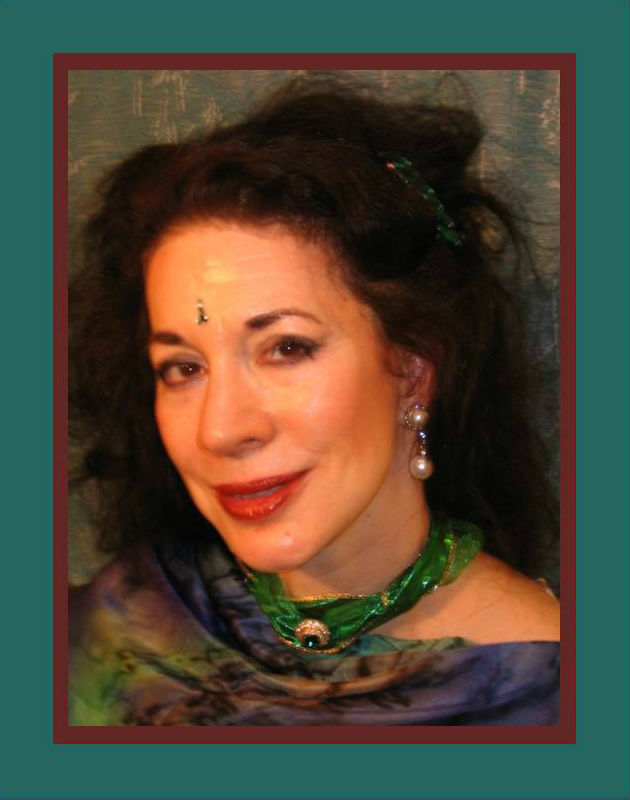
Alay’nya – author of Unveiling: The Inner Journey
Alay’nya
Author of Unveiling: The Inner Journey
You are the Jewel in the Heart of the Lotus. Become the Jewel!
Over twenty 5-star Amazon reviews!
Check out Alay’nya’s YouTube Channel
Connect with Alay’nya on Facebook
Follow Unveiling: The Inner Journey on Facebook
P.S. Getting Your Own Copy of Unveiling: The Inner Journey
You can have your print copy of Unveiling overnight from Amazon, or a Kindle version within minutes.
|
Alay’nya, Unveiling: The Inner Journey |
||||
|
Paper
|
Kindle
|
|||

